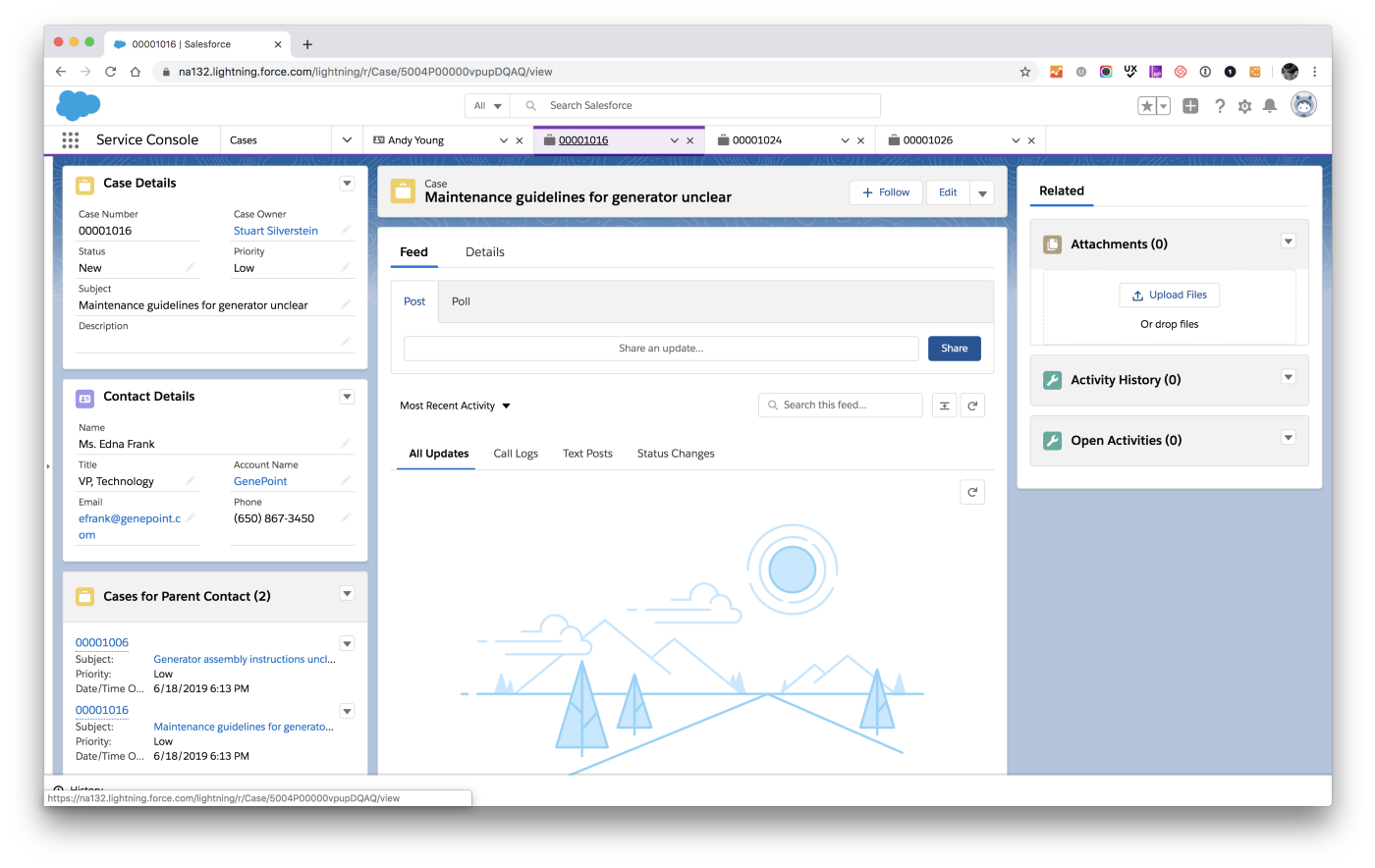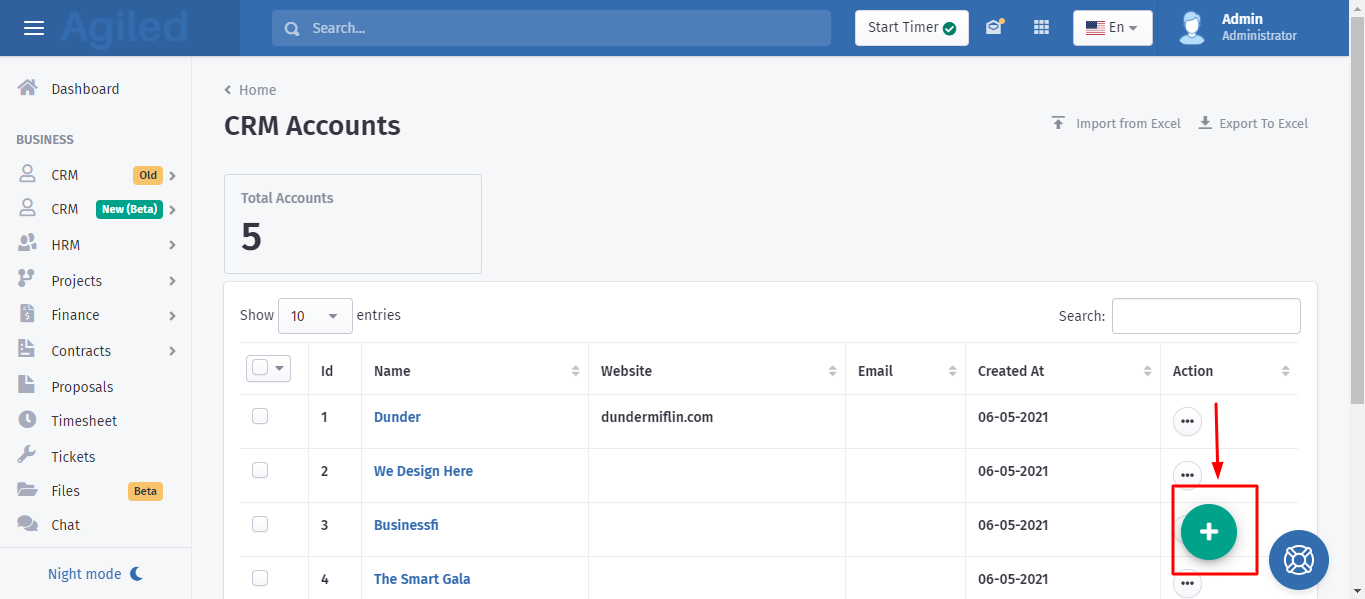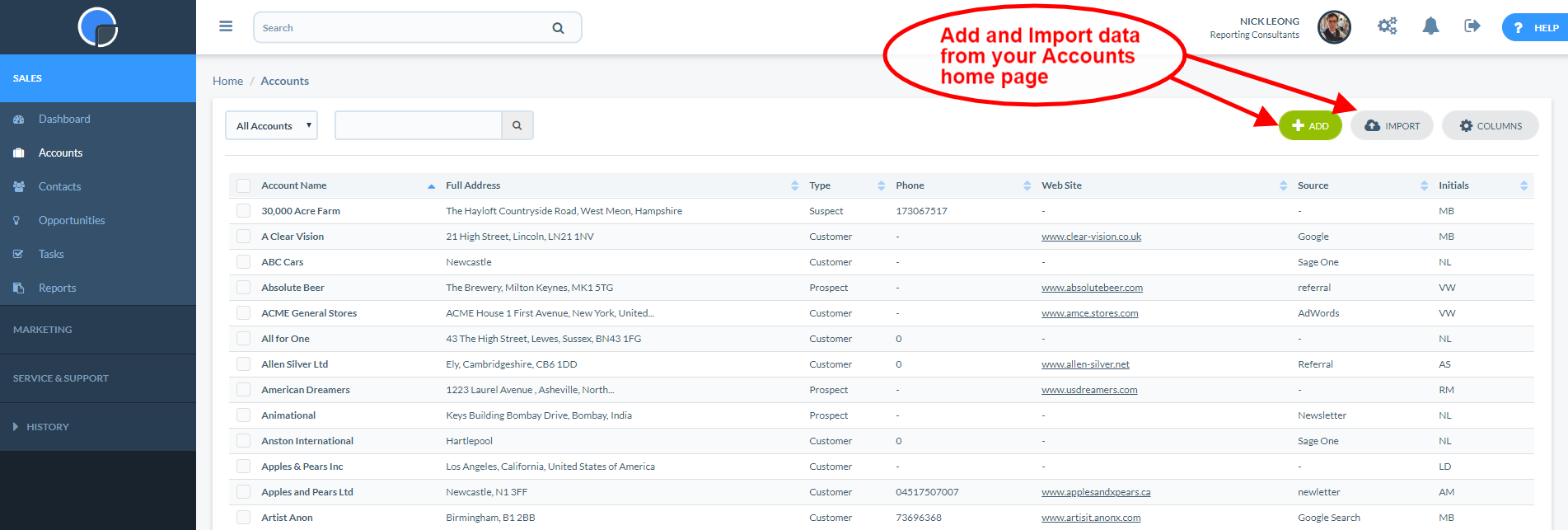crm account sets the stage for this enthralling narrative, offering readers a glimpse into a story that is rich in detail with practical insights and strategies for anyone looking to optimize their business relationships. From small startups to global enterprises, understanding crm account management is crucial for streamlining workflows and fostering meaningful connections.
An effective crm account serves as the backbone of a company’s customer relationship management system, collecting key details, tracking engagement, and ensuring that all interactions are tailored and timely. By leveraging advanced features, integration options, and personalization tools, businesses can maximize value from every account, improve customer satisfaction, and drive sustainable growth.
CRM Account Fundamentals and Primary Purpose
Understanding the basics of a CRM (Customer Relationship Management) account is essential for any business aiming to streamline client interactions, improve customer satisfaction, and drive sustainable growth. At its core, a CRM account represents an organization, business entity, or individual tracked within a CRM system, enabling teams to centralize data, automate processes, and manage relationships over the entire customer lifecycle.
A CRM account’s main function is to act as a comprehensive hub for all activities, communications, and transaction records related to a specific company or client. This centralized approach minimizes information silos, ensures data accuracy, and enhances team collaboration, making it easier to deliver consistent and personalized customer experiences.
Key Components of a CRM Account Profile
A robust CRM account profile is comprised of several essential elements that capture both high-level and granular details about the organization or individual being managed. These components include:
- Account Name and Unique Identifier: Distinct name and CRM-generated ID for each account.
- Contact Information: Addresses, phone numbers, emails, and websites associated with the account.
- Account Type: Classification such as customer, partner, or supplier.
- Account Owner: The team member responsible for managing the relationship.
- Related Contacts: List of key individuals linked to the account.
- Interaction History: Full log of meetings, calls, emails, and notes.
- Opportunities and Deals: Sales or partnership opportunities tied to the account.
- Custom Fields: Additional data tailored to unique business needs.
Distinction Between CRM Account and CRM Contact
Differentiating between a CRM account and a CRM contact is crucial for maintaining organized data and efficient workflow. Here are the primary distinctions:
- CRM Account: Represents an organization or company as a whole.
- CRM Contact: Refers to an individual person, such as an employee or decision-maker, often associated with one or multiple accounts.
- Accounts can have multiple related contacts, while a contact may be linked to different accounts or opportunities.
- Account data focuses on business relationships, contracts, and organizational attributes, whereas contact data revolves around personal communication and preferences.
A well-structured CRM distinguishes accounts from contacts, allowing for scalable, relationship-driven business management.
Types of CRM Accounts Managed in Business Systems
CRM systems are versatile platforms that empower organizations to manage a wide array of account types, each serving a unique purpose in the business ecosystem. Recognizing and organizing these account types helps companies cater their strategies and communications effectively.
Account Types and Their Business Roles

Each CRM account type reflects a specific relationship dynamic. The most common examples include:
| Account Type | Description | Common Use Case | Example Industry |
|---|---|---|---|
| Customer | End-users purchasing products or services | Sales tracking, order management, support | Retail, SaaS, Manufacturing |
| Partner | Organizations collaborating on business initiatives | Joint marketing, channel sales, co-development | Technology, Distribution |
| Supplier | Vendors providing goods or services to the business | Procurement, inventory management, vendor evaluation | Manufacturing, Hospitality |
| Prospect | Potential clients in the sales pipeline | Lead nurturing, qualification, conversion | B2B Services, Real Estate |
CRM Account Lifecycle Stages
The CRM account lifecycle encapsulates the various phases an account progresses through, from its initial creation to eventual deactivation or archival. Understanding this lifecycle is fundamental for managing accounts efficiently and delivering timely, relevant engagement throughout each stage.
Main Stages in the CRM Account Lifecycle
The lifecycle of a CRM account typically unfolds across several well-defined stages, each involving distinct activities and stakeholders.
| Stage Name | Key Activities | Stakeholders Involved | Automation Potential |
|---|---|---|---|
| Creation | Data entry, verification, initial classification | Sales reps, CRM admins | High (auto-import, data validation) |
| Enrichment | Adding contacts, updating details, associating opportunities | Sales reps, marketing team | Medium (data enrichment tools) |
| Engagement | Tracking activities, launching campaigns, nurturing relationships | Sales reps, marketing, support agents | High (activity logging, workflow triggers) |
| Retention | Customer success management, renewal tracking, upselling | Account managers, support, customer success | Medium (alerts, success plans) |
| Deactivation | Closure, archival, or transfer of account | CRM admins, legal team | High (automated rules, data retention policies) |
Key Features in CRM Account Management

Managing CRM accounts effectively requires a suite of features that go beyond basic data storage. These tools support sophisticated relationship management and operational efficiency throughout the account lifecycle.
- Account Hierarchies: Organizing accounts in parent-child relationships to reflect complex organizational structures.
- Activity Tracking: Logging emails, meetings, calls, and tasks for full visibility.
- Custom Attributes: Adding fields specific to industry or business processes.
- Notes and Attachments: Storing important documents and contextual info.
- Automated Workflows: Triggering actions based on account events, such as follow-up reminders or welcome emails.
Advanced features further enhance the utility of CRM accounts, allowing businesses to tailor their CRM for competitive advantage. These may include:
- AI-driven recommendations for upselling and cross-selling opportunities.
- Integration with external data sources for real-time enrichment.
- Custom dashboards displaying key account metrics.
- Bulk actions for mass updates or communications.
- Role-based views and field-level security.
Ending Remarks

In summary, mastering crm account management unlocks new opportunities for efficiency, collaboration, and customer engagement. By applying best practices, utilizing smart integrations, and prioritizing data security, you can empower your team and elevate your business. Take the next step in your crm account journey and watch your relationships flourish.
Essential FAQs
What is the difference between a crm account and a crm contact?
A crm account usually represents a business entity or organization, while a crm contact refers to an individual person associated with an account.
Can crm accounts be merged if duplicates are found?
Yes, most CRM systems allow you to merge duplicate accounts to maintain accurate and up-to-date information.
How do I ensure the security of sensitive data in crm accounts?
Implement user role-based permissions, audit account access regularly, and use encryption for important fields to keep sensitive information secure.
What types of businesses benefit most from crm account management?
Any business that manages multiple client or partner relationships can benefit, including sales organizations, service providers, and B2B companies.
Is it possible to customize crm account layouts and fields?
Absolutely. Most CRMs allow you to tailor account layouts, add custom fields, and even automate workflows specific to your business needs.
